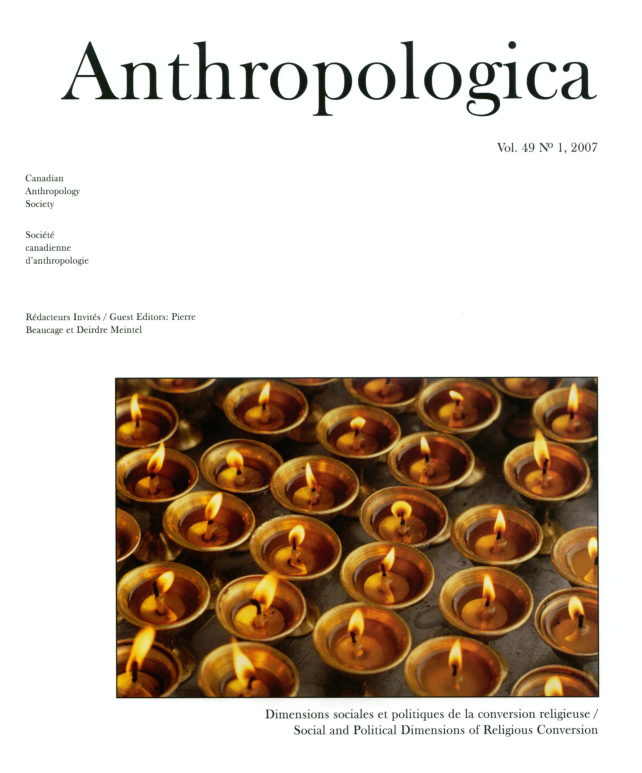Imaniya and Young Muslim Women in Côte d'Ivoire
Keywords:
Islam, Côte d'Ivoire, youth, women, conversionAbstract
In the 1990s, Muslims in Cote d'lvoire redefined the boundaries of their identity, as well as the structure of their community. While young men have been at the forefront of this movement of religious revitalization as leaders and erudites, the life trajectories of young Muslim women have been deeply altered by these changes. This article explores how, through renewed acts of faith and displays of orthodoxy, Western-style educated and financially self-sufficient young women are negotiating their participation into marriage markets. Their relatively new social roles, defined by Western-style education and salaried employment, exclude them from locally sanctioned notions of "proper womanhood." Whilst their lifeworld inscribes them within a locally defined space of modernity and self-realization, they are not fully actualized as Muslim women due to their exclusion from marriage markets and, by extension, legitimate motherhood. Through their overt display of Islamic practice and their participation into newly created Islamic youth associations, they position themselves as "marriageable women" in light of marriage practices that generally favour younger and less formally educated women. The locally articulated Arabized version of Islam is at the core of their inclusion into local and transnational matrimonial markets.
Downloads
Publication Facts
Reviewer profiles N/A
Author statements
- Academic society
- Canadian Anthropology Society
- Publisher
- University of Victoria
Downloads
Published
How to Cite
Issue
Section
License

This work is licensed under a Creative Commons Attribution-NonCommercial 4.0 International License.
Authors contributing to Anthropologica agree to release their articles under the Creative Commons Attribution-Noncommercial 4.0 Unported license. This licence allows anyone to share their work (copy, distribute, transmit) and to adapt it for non-commercial purposes provided that appropriate attribution is given, and that in the event of reuse or distribution, the terms of this license are made clear.
Authors retain copyright of their work and grant the journal right of first publication.
Authors are able to enter into separate, additional contractual arrangements for the non-exclusive distribution of the journal's published version of the work (e.g., post it to an institutional repository or publish it in a book), with an acknowledgement of its initial publication in this journal.



